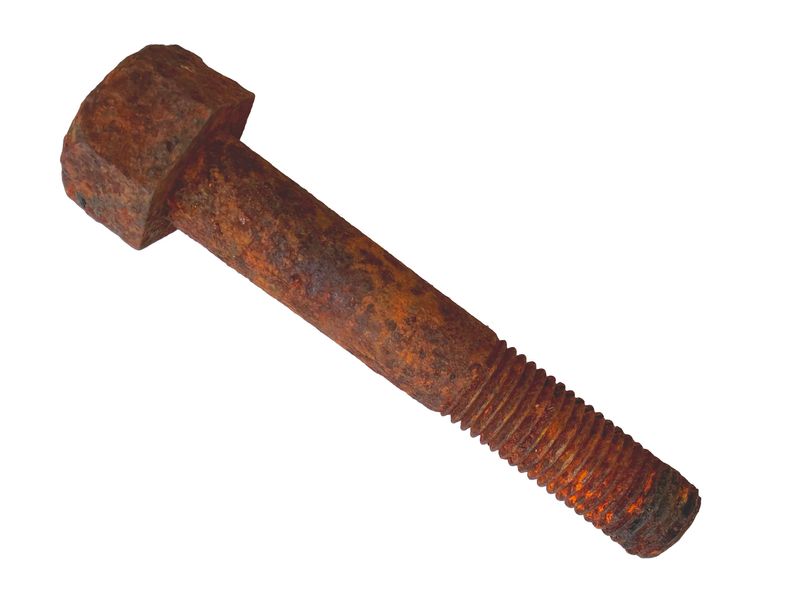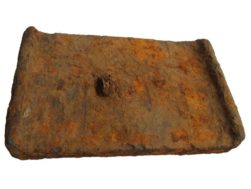Description
Wrought iron bolt from the Union Chain Bridge used to secure the bracing on the underside of the deck.
The Union Bridge (also called Union Chain Suspension Bridge or Union Chain Bridge) is a suspension bridge spanning the River Tweed near Paxton, Berwickshire. It was opened in 1820 and at the time was the longest wrought iron suspension bridge in the world with a span of 137 m (449 ft). It was the first vehicular bridge of its type in the United Kingdom and today it is the oldest suspension bridge still carrying road traffic. It is a Category A listed building in Scotland and a Grade 1 listed building in England. It is a Scheduled Ancient Monument in both countries.
The bridge was designed by a Royal Navy officer, Captain Samuel Brown. Brown’s first design for the bridge was prepared in 1817 and the plans were reviewed by the eminent Scottish civil engineer John Rennie who asked for changes to the design of the stone abutments and towers. A portrait of Captain Brown (on loan from the Royal Pavilion, Libraries and Museums, Brighton) can be seen in the entrance hall in the nearby Paxton House.
For more detailed archaeological information on the Union Chain Bridge see an As-Existing Photographic Record undertaken for Northumberland County Council here.
For more detailed archaeological information on the Union Chain Bridge see an As-Existing Photographic Record undertaken for Northumberland County Council here.





